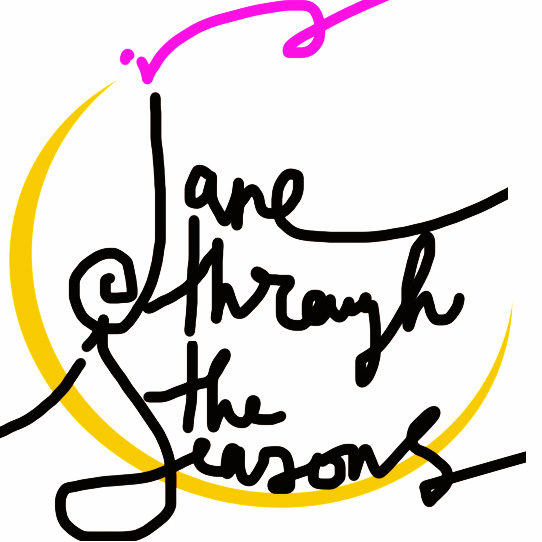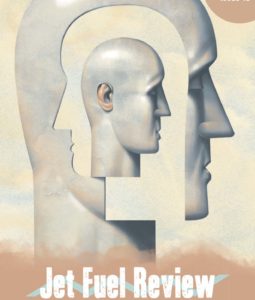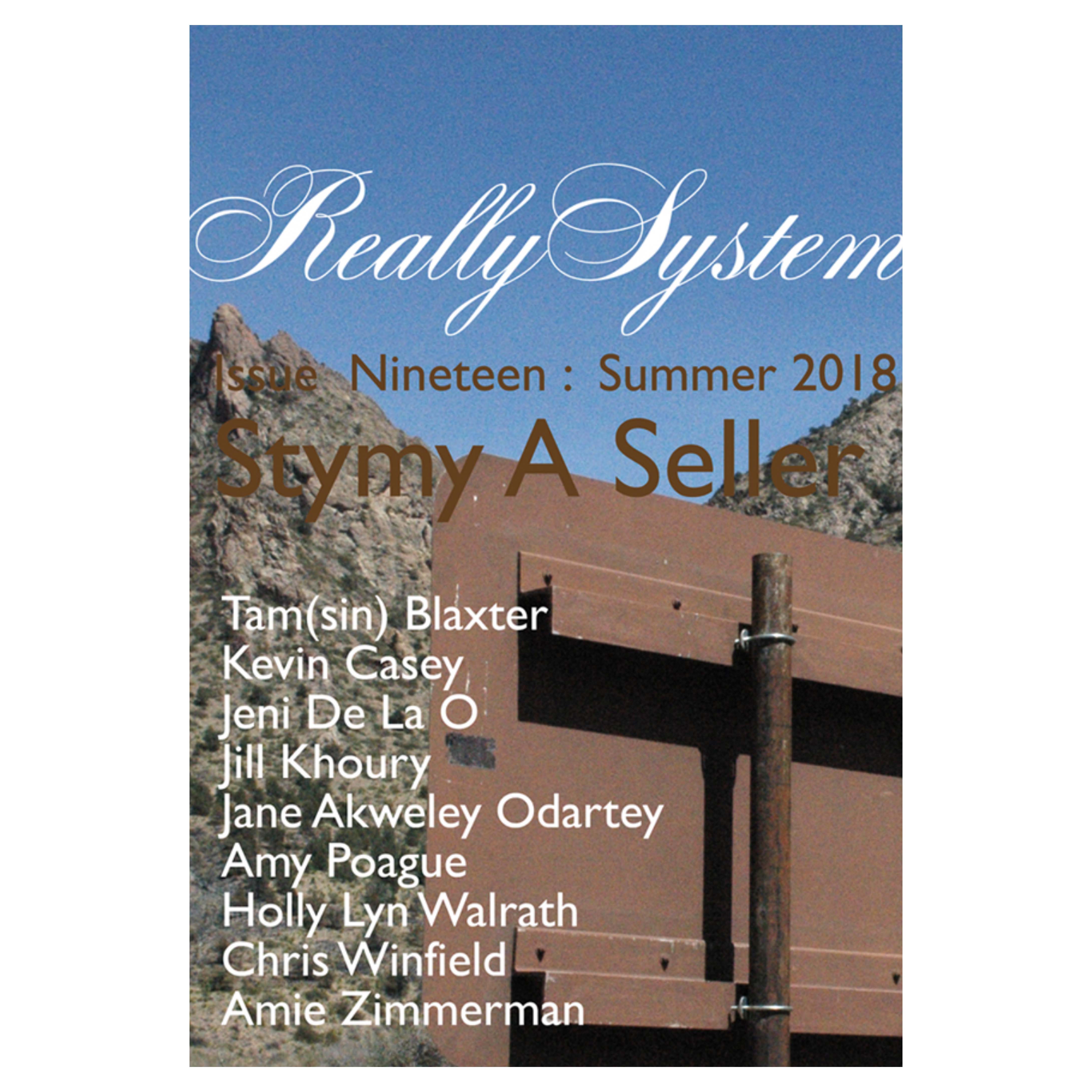“Art too is just a way of living, and however one lives, one can, without knowing, prepare for it; in everything real one is closer to it, more its neighbor, than in the unreal half-artistic professions, which, while they pretend to be close to art, in practice deny and attack the existence of all art––as, for example, all of journalism does and almost all criticism and three quarters of what is called (and wants to be called) literature” (Rainer Maria Rilke. Letters to a Young Poet. Trans. Stephen Mitchell. NY: Modern Library, 2001, p. 108).
In Big Sur and the Oranges of Hieronymus Bosch––which I am yet to read––Henry Miller writes “whoever uses the spirit that is in him creatively is an artist. To make living itself an art, that is the goal.” Miller’s words are somewhat similar to the last advice, quoted above, in the last letter Rilke offers Kappus, in Letters to a Young Poet. To bring the Between the Pages of Rilke’s Letters to a Young Poet series to a close, I will here examine Rilke’s notion that “art is just a way of living.”
From Aristotle’s Poetics we get the philosophy of mimesis which express the perspective that art imitates life. So what is art and what is life? For the purpose of this short commentary, let us say art is that which is within the creative control of the human being and life is that which, though is also a stream that the human is part of and contributes to directly and indirectly, is beyond our control. Thus one can think of nature as life and art as the enterprise of the human and he concerns himself with observing, making deductions, designing and producing in relations to what has been interpreted. Thus Rembrandt draws his Three Trees that becomes his own creation of life, a life that reminds one of the magnificence of life; and the Wright brothers created their own bird, the airplane. But Rilke’s concern leans towards living in a way that expresses an appreciation and celebration of life through everyday activities like waking and brushing teeth and eating and emptying bowels and fighting with family and writing nonsense to lovers.
If we are to agree with Aristotle that art imitates life, then is living, which is the condition of being a channel of life not above art? But since art is observing, and interpreting one’s understanding and imaginations of life, is it not probably true that living can be made into an art through conscious awareness and deliberate acts that shapes ones life in a way that they deem natural or in agreement with the ways of nature? And this perspective connects with what Rilke puts as “in everything real one is closer to it, more its neighbor, than in the unreal.” Thus the key of art as a way of living is the real. So the real is life and being close to life, living as naturally as possible produces art. So one can deduce that there is more art or that which inspires art in life, than there is art in that which is crafted. Hence practicing life, i.e. being immersed in life is more artistic than trying to creatively reimagine and reproduce it.
One deduces then that life creates life, and human, though a branch of life, crafts art when she tries to consciously mimic life. This is why Miller can say “to make living itself an art, that is the goal.” Because one often creates for a purpose. And what we create, intentionally, is crafted in one way or the other as art, so it is only when one makes a purpose of living as a practice of life that living becomes art. For in such instance, one’s presence in one’s life makes it lively and one is more aware and can better shape one’s actions to flow as that which lives.
—
J. A. Odartey



